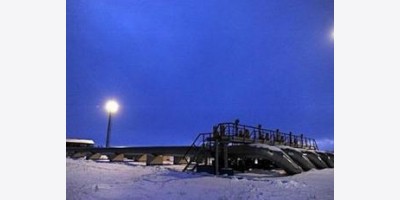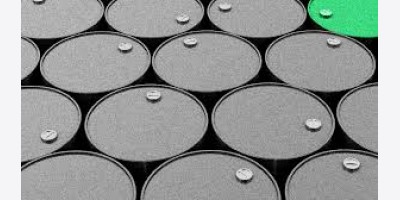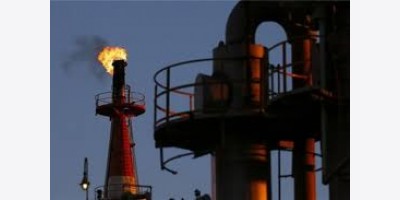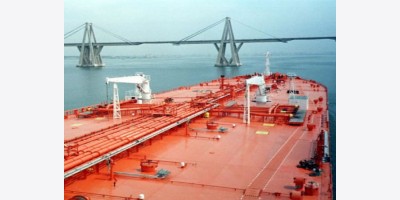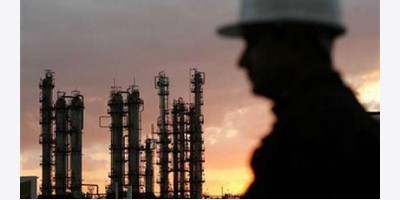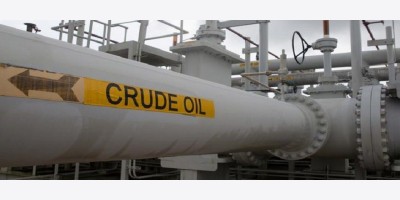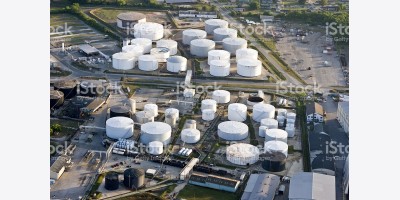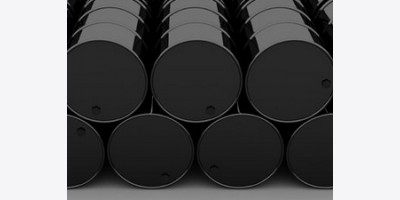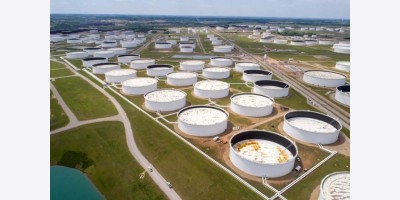Weak global economic growth momentum and a supply glut will cap oil prices at around $60 for the rest of 2015 and into 2016, analysts say.
"WTI oil futures will remain range bound at around $60 for the rest of 2015 and will only start trending up towards $70 a barrel heading into the end of 2016," Mizuho Research Institute senior economist Jun Inoue told CNBC in a phone interview. "Global economic growth looks soft, but there are no signs that oil supplies will fall," he said.
After falling to six-year lows earlier this year, oil prices have stabilized over the past two months. WTI futures have hovered in a $50-$60 a barrel range since early April.
Ahead of Friday's Organization of Petroleum Exporting Countries (OPEC) meeting, ministers from oil-producing countries such as Iraq, Venezuela and Angola, have been touting a higher target of around $75—$80 range, Reuters reports.
But analysts don't see much scope for upside to those levels.
"Oil prices appear to be settling in a range of $60 to $70 per barrel," said Capital Economics in a note on Wednesday. "We think that prices are more likely to fall than to rise over the remainder of this year." Capital Economics is forecasting Brent at $60 by the end of the year. Brent futures were trading at $63.38 a barrel at mid-day Asia Thursday.
Position talk
Whatever oil ministers from producer countries may be saying in Vienna, OPEC itself is unlikely to explicitly target a price, although it is expected to maintain production quotas that are helping to keep prices so low.
"OPEC must maintain the perception that the market is determining the price level," Barclays' commodities research team said in a Tuesday note.
As for those oil ministers mooting target prices, it may just be position talk, analysts said.
"The oil producers have an eye on the market and target a higher price, which are not necessarily a reflection of their production costs," said Mizuho Research Institute's Inoue.
Higher prices may not be the priority for OPEC anyway.
By maintaining production levels, oil prices will remain below the levels at which investments in U.S. shale production can be recovered, analysts said. The break-even point for the earliest share investments is estimated at around $60 a barrel and higher for later projects, according to Mizuho's Inoue.
Still, OPEC will be careful to avoid giving the impression that it is targeting U.S. shale producers.
"The Saudis are taking pains to stress that U.S. shale producers are not the target, rather all expensive producers," Barclays said.
Floors and ceilings
Going forward, U.S. shale production will cap oil prices for the next two years, analysts said.
"Due to the sharp cuts in upstream spending and drilling, U.S. supply has finally stopped growing, hitting a plateau in the last three months, with declines expected soon. This has already supported prices, and helped to set a floor," Societe Generale commodities analyst Michael Winter said in a note on Wednesday.
That may not last for long, however.
The backlog of drilled, but unfracked and uncompleted, wells is a "major wildcard," according to Winter, who warns that expectations of more supply coming to market will keep a cap on oil process.
Societe Generale is forecasting WTI futures at $60 through to the end of 2016.
Mia Tahara-StubbsSenior Writer for CNBC.com, CNBC International






